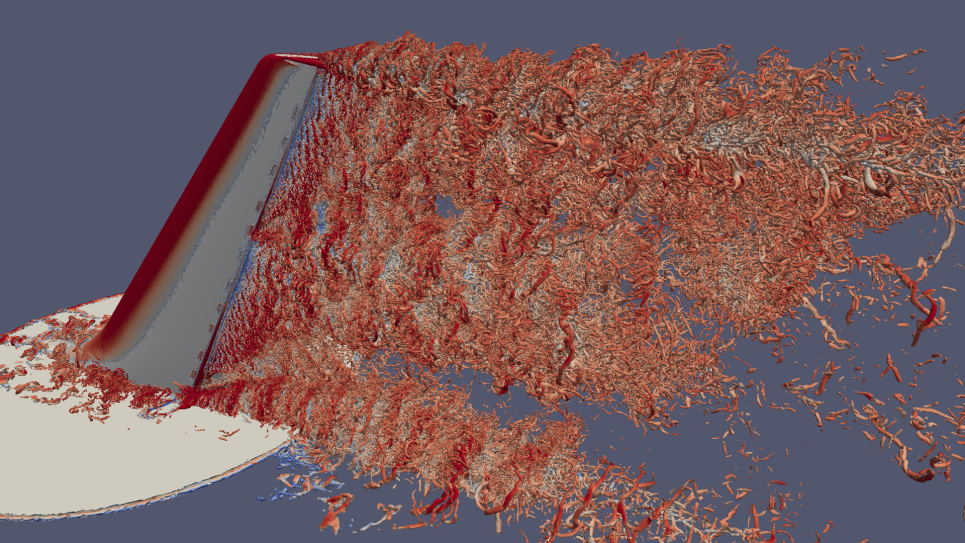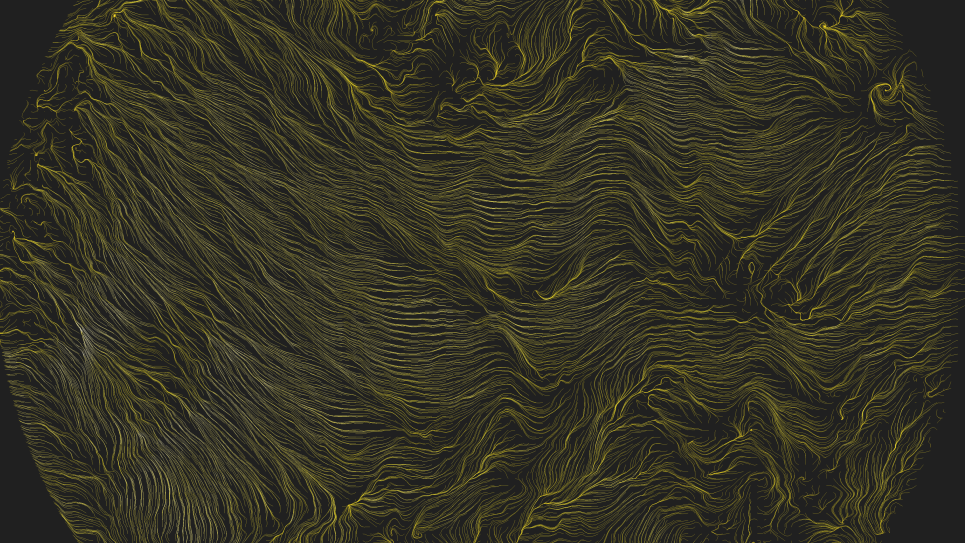Acoustic emission (noise) from wind turbines is curtailing the growth of wind energy, which is currently the primary renewable energy source in the US and in the world. A majority of the noise radiated from wind turbines is generated aerodynamically – due to interaction of wind with blade surfaces. Aerodynamic sound (aeroacoustics) is an issue not just for wind turbines but also for aircraft, jet engines, combustion turbines used for electricity generation, cooling fans, and ventilation systems.
A solution to the problem of aerodynamic noise generation is available in nature but has not yet been leveraged to develop silent machines. The nocturnal owl is known to have a silent flight both when gliding and flapping. This has been known for decades, but the physical mechanisms enabling its silent flight are not well understood. Previous investigations have identified three feather features that are unique to the owl. Experimental investigations have demonstrated that these unique feather features are responsible for the owl’s acoustic stealth. However, these experiments alone are unable to identify the reasons/mechanisms behind noise reduction. This is because it is nearly impossible to measure the flow with the spatial and temporal accuracy required to fully understand these mechanisms.
This project supports very high resolution simulations to bridge the scientific gap between experimental results and theoretical understanding. A systematic numerical investigation of the unique owl feather features is proposed to answer key questions that will help unravel the mystery behind owl’s silent flight. The extremely high spatial and temporal resolution offered by high-fidelity numerical simulations will enable source diagnostics to identify how the unique feather features curb noise generation. The knowledge and understanding gained from these simulations can empower us to design nearly silent energy conversion-‐ and various other engineering machines.
The simulations will use a well-established high-order accurate flow solver, FDL3DI, and an in-house acoustics solver. This computational framework has been verified against experimental data for a model aeroacoustics problem. The simulations results will be combined with ongoing experimental measurements at Virginia Tech to allow a comprehensive understanding of silent owl flight and provide a transformative jump towards developing nearly silent energy conversion machines.

